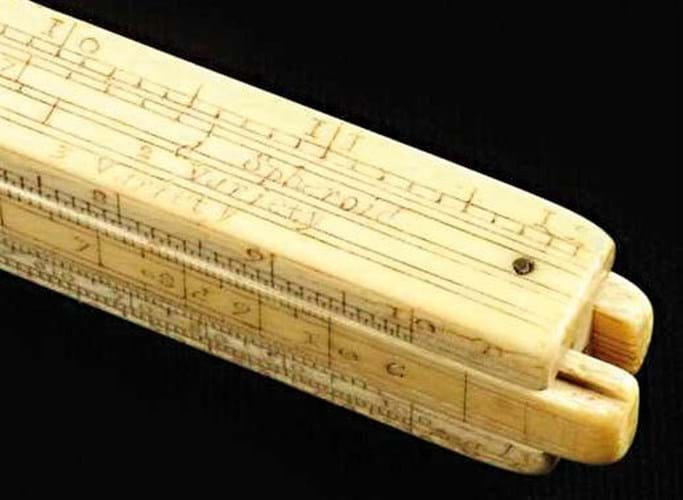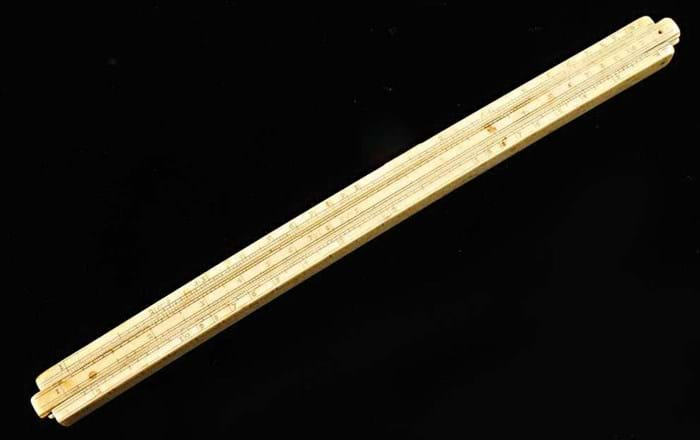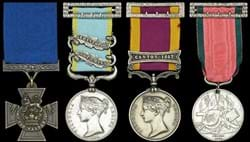
As a local customs and excise officer he was particularly concerned with calculating the precise amount due on alcoholic drinks and other produce carried in staved barrels. This was no easy task when they were only partly full and it was necessary to account for the ullage level. In a barrel, for example, the relationship of height to volume is non-linear.
Little is known about Everard but, writing in A History of the Logarithmic Slide Rule and Allied Instruments (1994), Florian Cajori suggests he “must have had some standing as a mechanic and scientist” as there is a record he was engaged by Parliament to aid in “the determination of the true content of the said Standard Bushel”.
Around half a century after the first slide rules emerged (the mathematician William Oughtred made one in 1622), Everard described his bespoke device in the 1684 publication titled Stereometry made easie, or, The description and use of a new gauging-rod or sliding-rule: by which the content of any tun, copper, cask, or other vessel may be readily found. The cask’s dimensions were measured, the depth of the liquid was taken with the rule then used to calculate volumes in a range of containers.
Gauger’s rules developed in complexity into the 18th and 19th centuries (later versions have four slides) but the earliest examples are those with a single 12in (30cm) stock and two slides on opposite faces.
The example offered for sale from a UK collection at tool specialist David Stanley in Osgathorpe, Leicestershire, on September 24 dated from c.1700.
Made in ivory, the scales labelled Spheroid and Variety are marked with standard points important for excise use: WG (wine gallon) AG (ale gallon), MB (malt bushel), MS (malt square) and so on. At the time the gallon measures for wine and ale were different while malt, used to produce beer and also subject to tax, was stored in rectangular wood frames. The rule also carried the initials A and MT – perhaps a reference to a maker or an early owner.
A small pinned repair to one end did not affect its function or its appeal. A substantial bid left on commission well above the £2000-3000 guide was ultimately bettered by two bidders, one from the US and the other competing from Germany via thesaleroom.com. The buyer at £11,000 (plus 15% premium) was a German museum.















